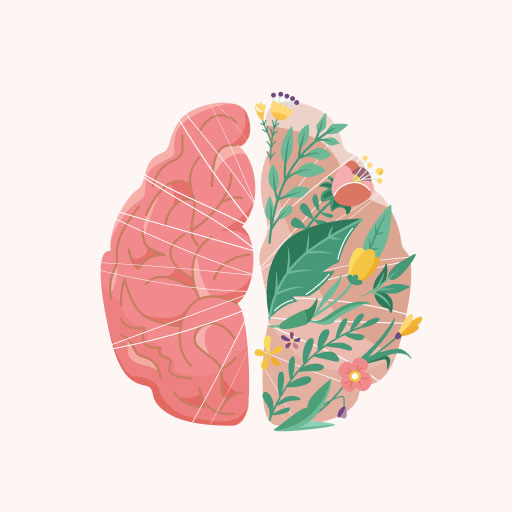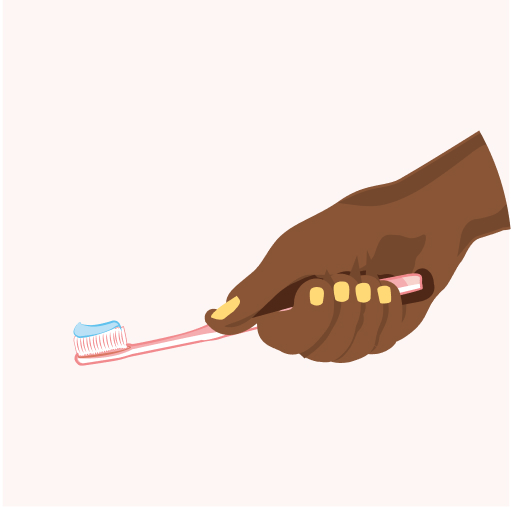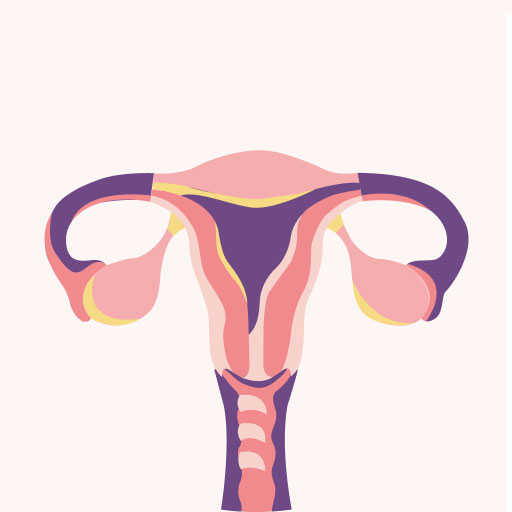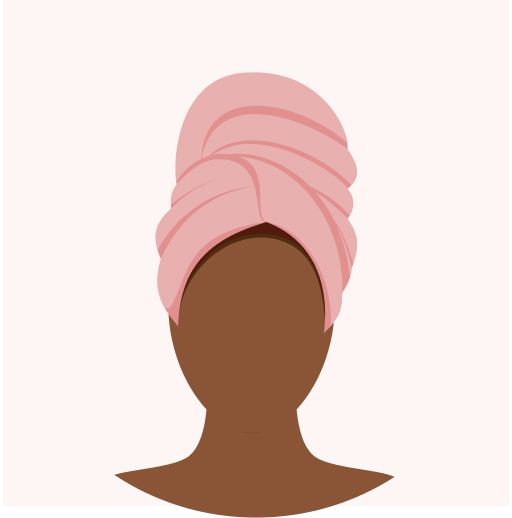
Lupus Warrior
My name is Shadé Mallory and I was diagnosed with an autoimmune disease called Mixed connective tissue disease (MCTD) in August 2019. The following year, they added class 5 lupus of the kidneys to my diagnosis list, and as of January 2021 my diagnosis officially changed to lupus. An autoimmune disease is a condition in which your immune system mistakenly attacks your body and it affects more than 23.5 million Americans.
Sitting here talking about a lupus diagnosis would have never crossed my mind but here I am. I can’t remember the exact date, but it was a weeknight in April of 2019. I woke up in the middle of the night with a headache from the pits of hell. The intensity of the pain forced me to head straight to the emergency room. My body felt weird and besides the headache, it was hard to verbalize what I was feeling. I just knew something was going on with my body. Ten hours later, after the standard blood tests and the CT scan of my head, they still had no idea what was causing my headache. I was discharged with pain medication and a referral to a neurologist. As the days went on, I developed a fever and body aches, and the headaches continued. Unbeknownst to me at the time, that was my first experience of what is called a lupus flare, which is when your symptoms worsen and you feel ill as a result.
Prior to my diagnosis, I lived what some would call a normal life. My health issues consisted of asthma and allergies. Literally my daily medication list consisted of an inhaler, allergy medicine (when I remembered to take it), and birth control pills due to complications with my menstrual cycle. This was pretty much the extent of my medical issues. Fast forward to a few years later, I am currently taking at least 20 medications due to lupus.
This journey has undoubtedly changed my life. The best way to describe my life over the past few years would be an emotional roller-coaster. I remember the phone call I received to confirm my diagnosis. I was told I had mixed connective tissue disease (MCTD) and advised that the first course of action would be to start an immunosuppressant medication called Plaquenil (which I ended up being allergic to). I was also given a follow-up appointment and told to stay away from Google. This was the ONLY information that I received. I was shocked because I just knew they had a resource guide that would have helped me find a support group, additional information, frequently asked questions…something to help a sista out.
The lack of information that came with my MCTD diagnosis made me feel isolated with my disease. That was until I started to do my own research, through which I realized just how many women were affected by autoimmune diseases… especially women of color. Still, MCTD isn’t one of the common autoimmune diseases, so information was scarce. I felt lost, overwhelmed, angry, sad, and, with each new symptom, increasingly terrified. I had and still have symptoms that could not be explained. It felt like every time I turned around, a new symptom or health issue would arise. This triggered the beginning of my relationship with anxiety. The uncertainty surrounding my health horrified me and, of course, I went against the doctor’s orders, and googled my symptoms anyway. This sent my anxiety into overdrive because according to Google, I literally had 3.2 seconds left to live, but I couldn’t stay off of Google because I wasn’t getting answers anywhere else.
I felt like this diagnosis was trying to take over my life. It started to change who I was. I started to isolate myself because I felt like no one could understand what I was going through. My mood swings were off the charts and my crying spells were occurring like labor contractions. The steroids and other medications made me hungry and of course the weight piled on within the blink of an eye… 48 pounds to be exact. Each doctor visit showed no signs of improvement, it was always, “let’s try this medication” or “let’s add on this medication.” I was emotionally drained, I couldn’t believe that this was my life, and more importantly I often wondered if this would be my life going forward.
After months of dealing with hospitalizations, surgeries, having to go on long-term disability, panic attacks, and weekly doctor appointments, I decided that I needed to learn how to become the best advocate for myself as a patient. It was time to put in the work and do some research that went beyond googling my symptoms.
There are over 100 different types of autoimmune disorders and did you know it can take up to 5 years to receive a proper diagnosis? I’m not sure how long this autoimmune disease had been lying dormant in my body, but I thank God I was able to receive a diagnosis within 5 months of first experiencing symptoms. My neurologist decided to run an antinuclear antibody (ANA) test which came back positive. When these antibodies are found in your body, it typically indicates the presence of some sort of autoimmune disease. After my positive test, I was referred to a rheumatologist, and she completed additional testing to confirm my autoimmune disease. If my neurologist had not decided to run an ANA test, I’m not sure where I would be on my health journey. After all, it was hard to pinpoint what I was feeling. I just knew that I was tired, couldn’t focus, and just did not feel like myself. Most doctors attribute these symptoms to stress or anxiety. This is one of the reasons why autoimmune diseases go undiagnosed for so long.
In January 2021, I started an IG page called H.A.D (HerAutoimmuneDiscussion). I started this page because I wanted to create a public platform geared towards women (specifically women of color) regarding autoimmune diseases. Conversations about how to deal with autoimmune disease while trying to navigate the demands of life as a woman are not happening often enough. I’m also learning there is stigma surrounding autoimmune diseases. It’s almost like having a mental illness – people can’t see it, so they assume that the person isn’t sick. The amount of women who are left feeling like they must go through life in pain or on pills because they don’t have the space to put their health first is unacceptable.
Over the past six months, I’ve become an avid advocate for myself as a patient. I ask questions, I take notes, and, if I must, I challenge doctors because this is my body and my health. The thought of taking 20 plus different medications for the rest of my life without exploring alternatives didn’t make sense to me. As I started doing research on various ways to heal my body through food and naturopathy, I learned there were options on how I could help myself heal. With so much information on the internet on what to eat and what not to eat for inflammation and autoimmune diseases, I started to become overwhelmed. I needed structure and I needed a plan, which is how I found a black naturopathic doctor by the name of Dr. Rachel Callens. I specifically wanted to work with a black doctor because autoimmune diseases are more likely to affect women of color and having a doctor who understood my culture was important to me.
I started to learn the imperative role that food played in dealing with lupus. I started taking recommended supplements, I learned what foods cause inflammation, and I started to pay attention to how certain foods triggered my body to flare up. I started to exercise when I could and stopped feeling guilty when I couldn’t (I’ve lost 35 pounds while still being on steroids). I started to learn that my body needed more rest than I was used to. I started to learn that there would be days when fatigue would get the best of me and there was nothing I could do about it besides rest. I had to accept that I wake up with half a tank of gas everyday, and each day I must be strategic on what and who I exert my energy towards. Stress is the number one trigger for a flare-up, so I had to learn how to remove unnecessary stressors from my life.
You will often hear autoimmune warriors talk about grieving who they once were. It’s not that we are accepting defeat at the hands of this disease; it’s that this disease changes you to the core. The Shadé Mallory who could keep up with any other 30-something year old is gone. The Shadé Mallory who could work an 8-hour shift, hit the gym after work, go home to shower, find something cute to wear, and have date night with my fiancé is gone. It’s not that I can’t do these things, but I have to spread them out while finding time to give my body the time it needs to rest. I still get frustrated when I feel like I ran a marathon when all I did was use my energy to wash my hair or wash the dishes.
I thank God for allowing me to have a better understanding on how lupus affects my body and I’ve absolutely made progress in terms of managing my symptoms. However, there are many days when I feel defeated. I’m still fighting to reach my ultimate goal of remission and sometimes that goal seems further away than I would prefer. I try and give myself grace by remembering that I’ve been dealing with lupus, during a pandemic, while planning a wedding (Did I mention I’ve been planning a wedding for the past year?…and they say the best way to manage lupus is to avoid stress… ha!).
If I could sum up what I’ve learned in a nutshell I would say this: Understanding that trying to remain true to who I am, while trying to accept who I’ve become is just simply part of the battle. I am NOT my illness. I CAN’T be defined by this disease because I am already defined by God. Remembering that resting is not quitting because quitting is not an option. I AM a Lupus Warrior!











